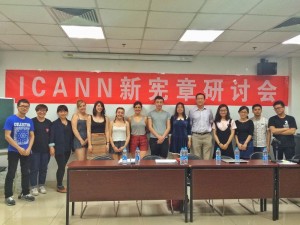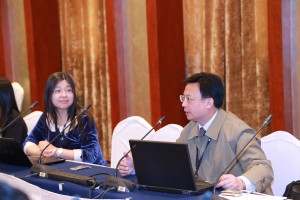ADNDRC Beijing Training and Seminar
2025 Asian Domain Name Dispute Resolution Center (ADNDRC) Training Program on Domain Name Practices and Development and Seminar on Global Digital Brand Protection and Domain Name Strategy was held on 19 May 2025 in Beijing. The events were organized by the ADNDRC and co-organized CIETAC Online Dispute Resolution Center, HKIAC, KIDRC and AIAC. The Training and Seminar were conducted in the hybrid mode. More than 120 scholars, entrepreneurs, legal professionals and other representatives specializing in domain name or legal practices from China, Hong Kong, Korea and Malaysia participating in person or online. The theme was on Building up the Global Digital Brand Defense System. ICANN Asia Pacific Multi-stakeholder Senior Supervisor, Mr. Zhang JC, introduced the new developments on ICANN domain name policies, particularly on the UDRP review and new gTLD program. China Domain Name Engineering Center (ZDNS) Senior Director of International Affairs, Ms. Liu HY, introduced the Implication of Global Digital Brand Construction and Trademark Protection. Markmonitor General Manager (China), Mr. Zhang Y, talked about how to identify domain name infringements by trademark protection organizations.

Prof. Hong Xue, Co-Director of CIETAC Domain Name Center and Director of Beijing Normal University Institute of Internet Policy & Law, gave the keynote speech on Exploration of Dispute Resolution of Network Virtual Property. Prof. Xue elaborated that domain names may be eligible of network virtual property based on their characters of uniqueness, exclusive virtual control and commercial value. Along with the other digital goods, such as NFTs or crypto-currencies, the new dispute resolution mechanism for network virtual property may need to be developed and/or incorporated into the existing system. The events were well-received by the audience.
Permalink Comments off





